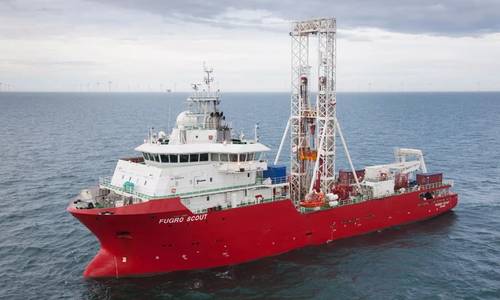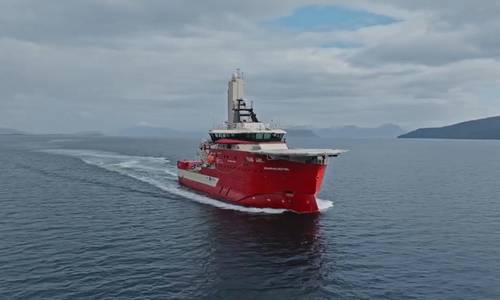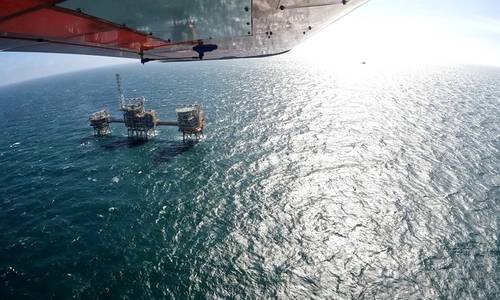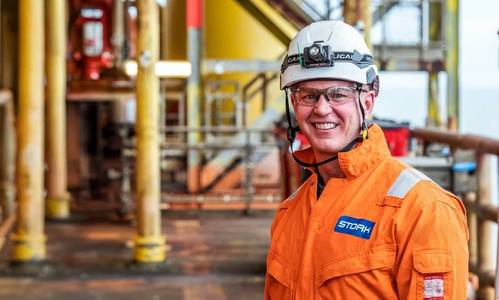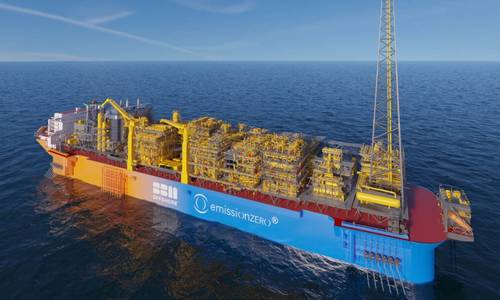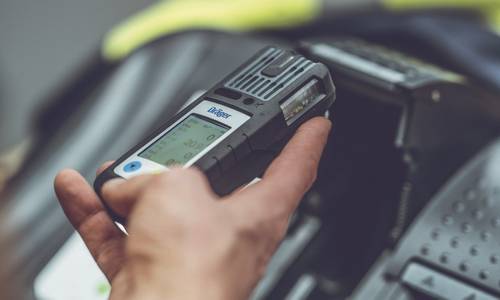Use of Drones for Improved Security of Oil and Gas Up for North Sea Trials
May 8, 2025

A 12-month North Sea trial will start this summer to test the widescale use of drones flying alongside other aircraft, such as helicopters, which could unlock the potential of using drones to boost the security of oil and gas platforms.
The trial is run by the Civil Aviation Authority, NATS, and long-distance drone firm Flylogix,
Evidence will be gathered on types of short-notice flights, currently blocked by regulation, including use of drones for security monitoring of offshore assets, and testing for harmful methane emissions.
The work will become a blueprint for the use of drones in major cities such as for medical deliveries and even eVTOL ‘flying taxis’.
The trial comes amid renewed focus on the threat to critical national energy infrastructure in the wake of the war in Ukraine and the sabotage of the Nord Stream pipelines in the Baltic Sea.
Security experts recently discussed the risk to offshore platforms posed by drones, with ‘credible intelligence’ they could be used to mount an attack on infrastructure. However, Flylogix’ CEO Charles Tavner argues they can be deployed as an asset for protection.
“Security of our national critical infrastructure is of paramount importance, and streamlining the use of ultra-long-distance drones will be critical in delivering that.
“This trial will open the way for short-notice flights for quick photography of offshore assets to ensure their safety, as well as carry out atmospheric emission and integrity tests without the cost and time constraints of sending crews offshore.
“Technology is here to stay, but using it in the right way can protect our energy infrastructure, while also driving down costs and the industry’s impact on the environment,” said Tavner.
Flylogix’s drones have been in use in the UK North Sea for seven years, primarily to measure methane emissions from platform, and is growing in its customer book as drones are cheaper than sending crews and equipment out for these tests.
However, due to airspace regulations, planning a mission can take months, and there is currently no way for flights to take place at short notice - such as an emergency when there is a hydrocarbon leak, or when urgent security checks are required.
The issue has been coming to a head as the NSTA regulator cracks down on methane leaks, 80 times more harmful to the environment than CO2, with fines worth hundreds of thousands of pounds recently issued to operators breaching emissions rules.
Pending results of the trial, Flylogix hopes to see the temporary airspace system become a permanent structure so operators can test their emissions quickly and easily, while complying with climate law.
“We are seeing high levels of engagement from industry to be able to carry out short-notice drone flights for emissions monitoring.
“The technology is well-proven but due to regulation the service is necessarily limited.
“Safety is critical, and it is right that transport regulators move at appropriate pace as these changes come in. However, this trial will see the North Sea pave the way for the future of flight, unlocking a whole host of innovations for drone use in Britain’s skies,” said Tavner.

